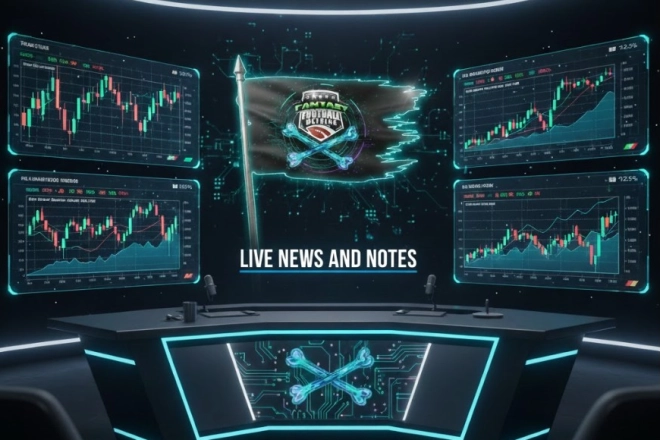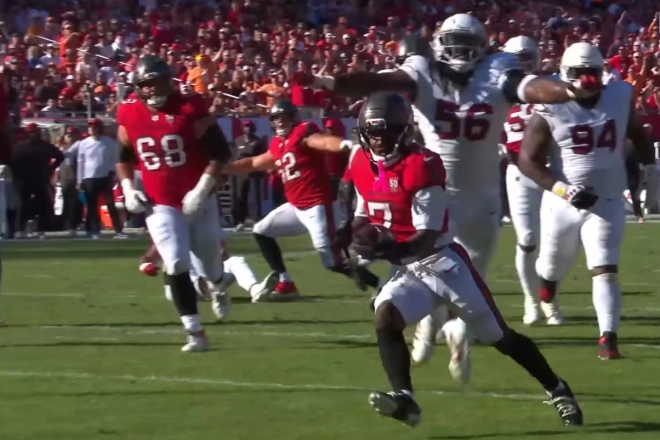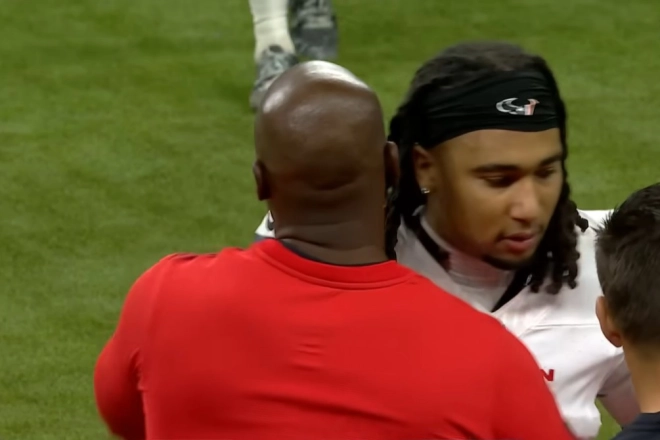Get the most in-depth Dynasty/Fantasy and football scouting content on the planet.
to access the rest of this premium article.
Checkout our FREE Premium Articles
- RC's Daily Notes 2025: For the Week of 11/24-11/30 (The Week That Was)
- 2025 Preseason Wk 3 Game Report: Bears 29, Chiefs 27
- Post-NFL Draft Podcast Appearance with RC and The Podfather
- 2024-25 Game Report/Fantasy Scouting (Super Bowl): Eagles 40, Chiefs 22
- 2024 NFL Preseason Game Fantasy Scouting (Wk2): Bears 27, Bengals 3






